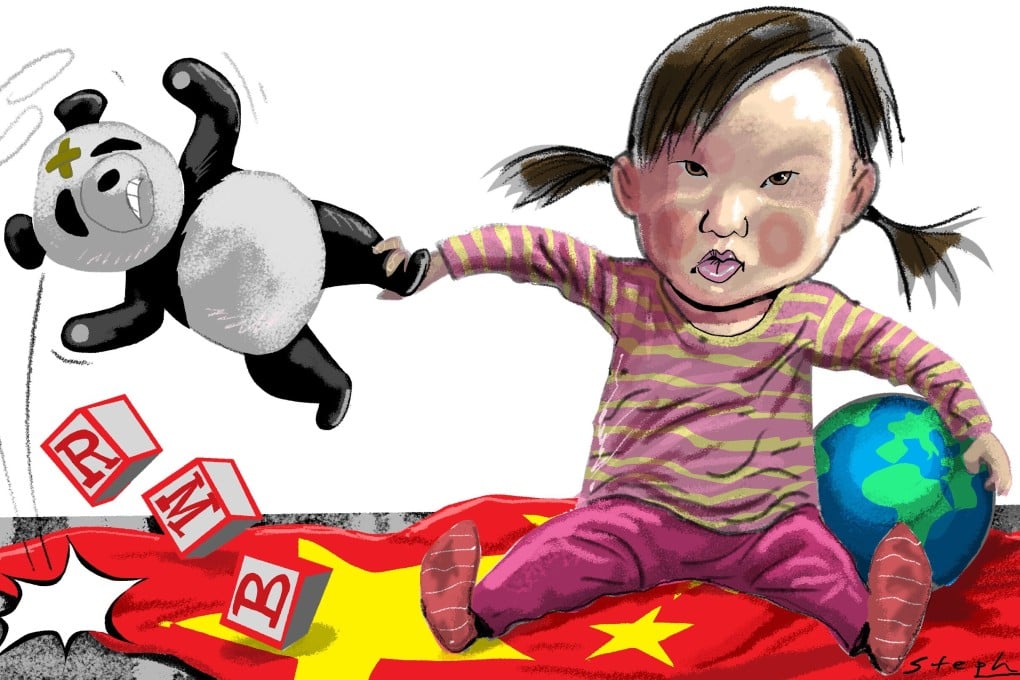Opinion | China’s one-child policy casts a long shadow over its economy, society and relations with the world
- More effective than realised, the one-child policy put the brakes on China’s economic growth, created a state pension time bomb, and forced Beijing to export excess capacity, reshaping the global economy

If China’s economy is compared to a plane, the 1979 policy of reform and opening up ignited the fuel – the young workers – that drove the economy to take off and fly at high speeds for four decades.
But the one-child policy cut off this economic fuel, shrinking the prime-aged labour force of 18-59-year-olds from 2012, which in turn slowed gross domestic product growth from 10 per cent in 2011 to 6 per cent in 2019.
In northeastern China – Heilongjiang, Liaoning and Jilin provinces – where the fertility rate has fallen sharply below the national average, the economic engine has stalled. Despite official boasts of 5 per cent annual GDP growth, the fourth national economic census showed that the region’s GDP in 2019 was the same size as in 2012 – meaning zero growth for seven years.

01:31
China faces demographic challenge as birth rate drops despite government efforts
